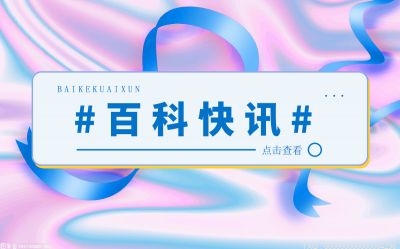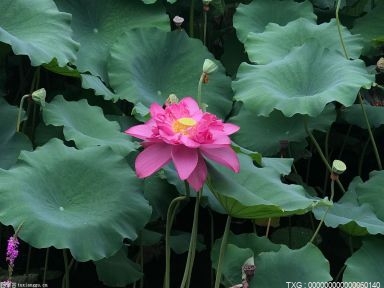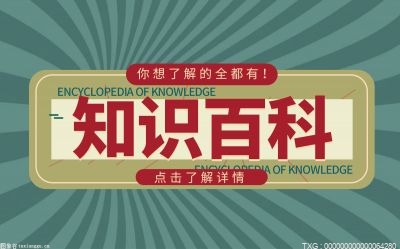點(diǎn)擊藍(lán)字 關(guān)注我們
「深美一周課堂——踏進(jìn)歷史的洪流」
Stepping into the torrent of history
 (相關(guān)資料圖)
(相關(guān)資料圖)
第二季度,我們的四年級(jí)學(xué)者探索了埃及、巴比倫、中國(guó)、非洲、希臘和羅馬的古代文明。我們的目標(biāo)是回答這個(gè)問題:我們?yōu)槭裁匆P(guān)心歷史?學(xué)生首先對(duì)文化的不同方面進(jìn)行頭腦風(fēng)暴。他們制作思維導(dǎo)圖并提出他們想了解的內(nèi)容。隨著每個(gè)文明的介紹,我們?cè)谡n程時(shí)間表中添加了圖片。
我們研究了古埃及的木乃伊,并在本季度的課程中制作了一只雞的木乃伊!我們了解了世界七大古代奇跡,一些學(xué)生在我的世界中創(chuàng)造了金字塔和空中花園。學(xué)生們比較和對(duì)比了古希臘城邦、斯巴達(dá)和雅典:君主制與民主制、戰(zhàn)士與學(xué)者、陸軍與海軍、力量與知識(shí)、權(quán)力與藝術(shù)。他們進(jìn)行了性格測(cè)試,看看他們最適合哪個(gè)城邦。我們觀察了其中一些文明的領(lǐng)導(dǎo)人,并討論了成功領(lǐng)導(dǎo)人的要素。
我們的學(xué)者還閱讀了這些古老文化中的每一個(gè)故事,這些故事已經(jīng)代代相傳,至今仍在閱讀,包括蜘蛛阿南西、一粒米和奧德賽中關(guān)于獨(dú)眼巨人的節(jié)選。我們還讀了嫘祖在桑樹下從蠶中發(fā)現(xiàn)蠶絲的故事,我們跟著一起在教室里開始養(yǎng)蠶。學(xué)生們閱讀了絲綢貿(mào)易及其對(duì)古代中國(guó)和當(dāng)今我們的影響。在這個(gè)項(xiàng)目中,學(xué)生們?cè)诹私庑Q蛾的生命周期時(shí)運(yùn)用了數(shù)學(xué)和科學(xué)知識(shí)。學(xué)生們學(xué)習(xí)了如何計(jì)算蠶的平均長(zhǎng)度。(目前蠶正處于幼蟲階段,大家都在焦急地等待著它們結(jié)繭。)
以這些信息為基礎(chǔ),他們進(jìn)一步調(diào)查了他們選擇的文明。當(dāng)我們準(zhǔn)備第一個(gè) 4 年級(jí) SAIS 古代歷史博物館時(shí),他們成為了歷史學(xué)家和策展人。為了成功舉辦展覽,我們虛擬參觀了世界各地的博物館。學(xué)生們非常興奮地從他們選擇的古代地點(diǎn)找到了真實(shí)的文物,包括古老的非洲鼓、帕特農(nóng)神廟的雕像和大英博物館內(nèi)的羅塞塔石碑。我們與創(chuàng)客老師合作創(chuàng)造了可以在我們博物館展出的手工藝品。
四年級(jí)學(xué)生還寫了一篇有說服力的五段文章,內(nèi)容是關(guān)于為什么人們應(yīng)該學(xué)習(xí)歷史,特別是他們的古代文化。他們提出了一些令人信服的論點(diǎn):羅馬開創(chuàng)了快餐業(yè),漢謨拉比向我們展示了法律應(yīng)該是什么樣子,古印度給了我們棉花和糖,如果沒有羅馬的渡槽和隧道,管道系統(tǒng)可能不會(huì)像今天這樣。每個(gè)學(xué)生都策劃了自己的展覽。他們制作海報(bào)來引起游客的興趣,并告訴他們?yōu)槭裁次覀儜?yīng)該了解歷史。
我們?cè)谛瞧谝慌e辦了我們的博物館,學(xué)生們做得非常出色。校長(zhǎng)Abbott 先生說:“這是一個(gè)讓學(xué)習(xí)充滿活力并將主人翁歸還給學(xué)生的好例子。很棒的展覽!”
1
2
3
4
5
6
Second quarter our 4th Grade Scholars explored the ancient civilizations of Egypt, Babylon, China, Africa, Greece, and Rome. Our goal was to answer the question: Why should we care about history? Students first brainstormed different aspects of culture. They made mind maps and came up with what they wanted to learn about. As each civilization was introduced, we added pictures to our class timeline.
We studied about mummies in ancient Egypt and over the course of the quarter mummified a chicken! We learned about the 7 ancient wonders of the world, and some students created pyramids and the Hanging Gardens in Minecraft. The students compared and contrasted the ancient Greek city-states, Sparta and Athens: monarchy versus democracy, warriors versus scholars, army versus navy, strength versus knowledge, power versus art. They took a personality test to see which city-state they would fit into best. We looked at the leaders from some of these civilizations, and talked about what makes a successful leader.
Our scholars also read stories from each of these ancient cultures that have been passed down through generations and are still read today including Anansi the Spider, One Grain of Rice, and an excerpt from the Odyssey about the Cyclops. We also read the story of Lei Zu, who discovered silk from the silkworms under the mulberry tree and we followed and began to raise silkworms in the classroom. Students read about the silk trade and its impact on ancient China and us today. In this project the students used math and science as they learned about the life cycle of the silkworm moth. Students learned how to find the average length of the silkworms. (Currently the silkworms are in the larva stage. We are all eagerly waiting for them to build cocoons.)
Using this information as a foundation, they further investigated a civilization of their choosing. They became historians and curators as we prepared the first 4th Grade SAIS Ancient History Museum. In order to set up a successful exhibit, we took virtual tours of museums throughout the world. The students were so excited to find authentic artifacts from their chosen ancient location, including an ancient African drum, statues from the Parthenon, and the Rosetta stone, inside the British Museum. We teamed up with the maker teachers to create artifacts that could be displayed in our museum.
Fourth grade scholars also wrote a persuasive five paragraph essay about why people should learn about history and specifically their ancient culture. They came up with some compelling arguments: Rome started fast food, Hammurabi showed us what laws should look like, ancient India gave us cotton and sugar, and plumbing might not be what it is today without Roman aqueducts and tunnels. Each student curated their own exhibit. They made posters to interest visitors and teach them why we should learn about history.
We held our museum on Monday, and the students did a fantastic job. Mr. Abbott said, “What a great example of bringing learning alive and giving ownership back to the students. Fantastic exhibit!”
1
2
3
4
5
6
1
2
3
4
5
6
E
N
D
關(guān)鍵詞:




















 營(yíng)業(yè)執(zhí)照公示信息
營(yíng)業(yè)執(zhí)照公示信息